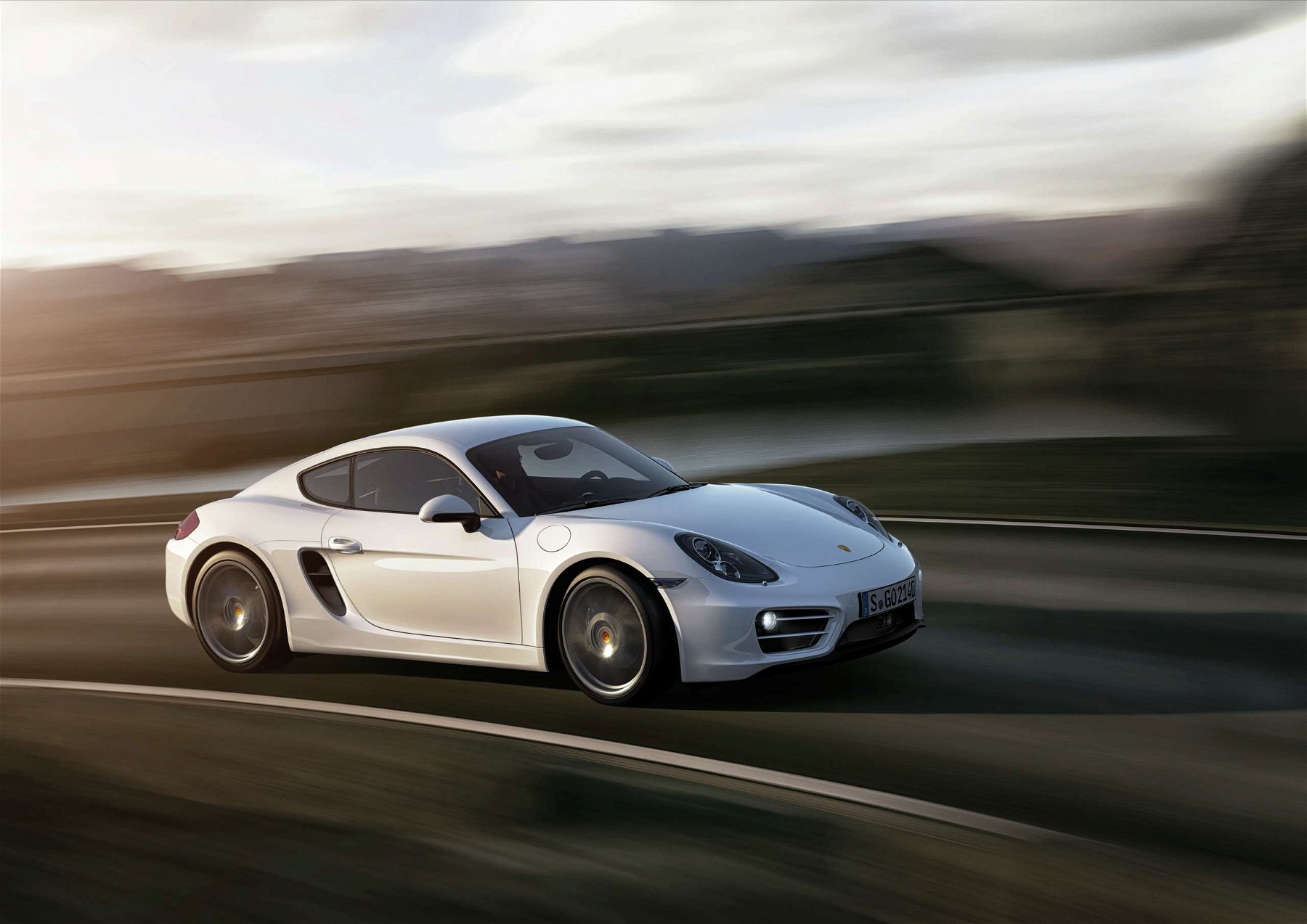
The Porsche Cayman 981 (or 981c) is the second generation of Porsche’s mid-size sports car based on the Boxster. It replaced its predecessor 987 for the 2013 model year. The styling of the then-new Cayman was more pleasing, modern than the old car and more distinct compared to its Boxster sibling. In our Porsche Cayman (S) 981 buyer’s guide, we tell you what you should look for when buying the now sought-after modern classic!
The Porsche 981 platform serves as the basis for the third-generation Boxster and the second-generation Cayman. Porsche’s design team developed a completely new design language. It features a longer wheelbase, more track width, shorter overhangs and now at least 18-inch wheels. Its new headlights at the front and rear gave the Porsche Cayman 981c a much more modern appearance. What also made its rear end look significantly sportier was its striking spoiler.

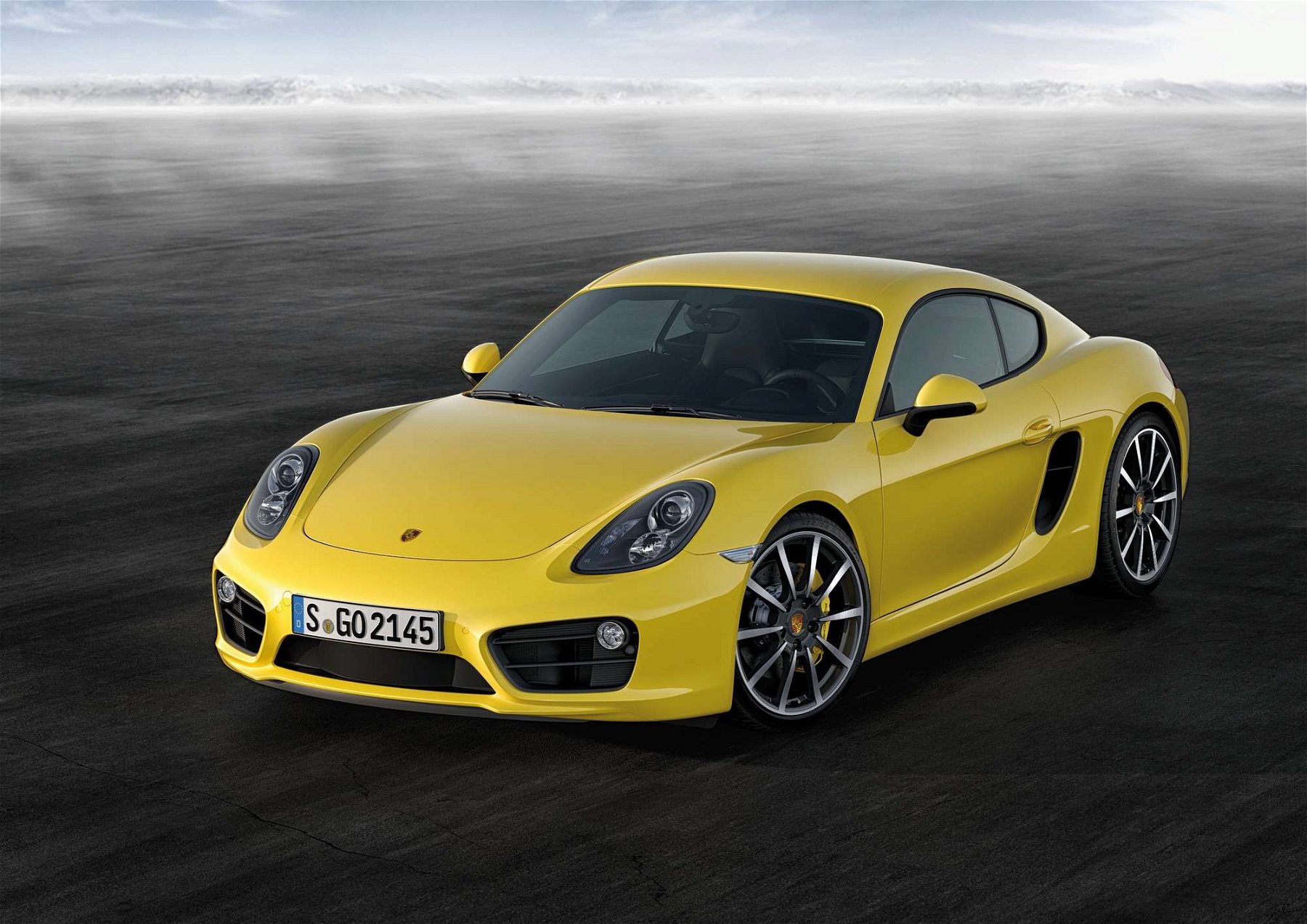
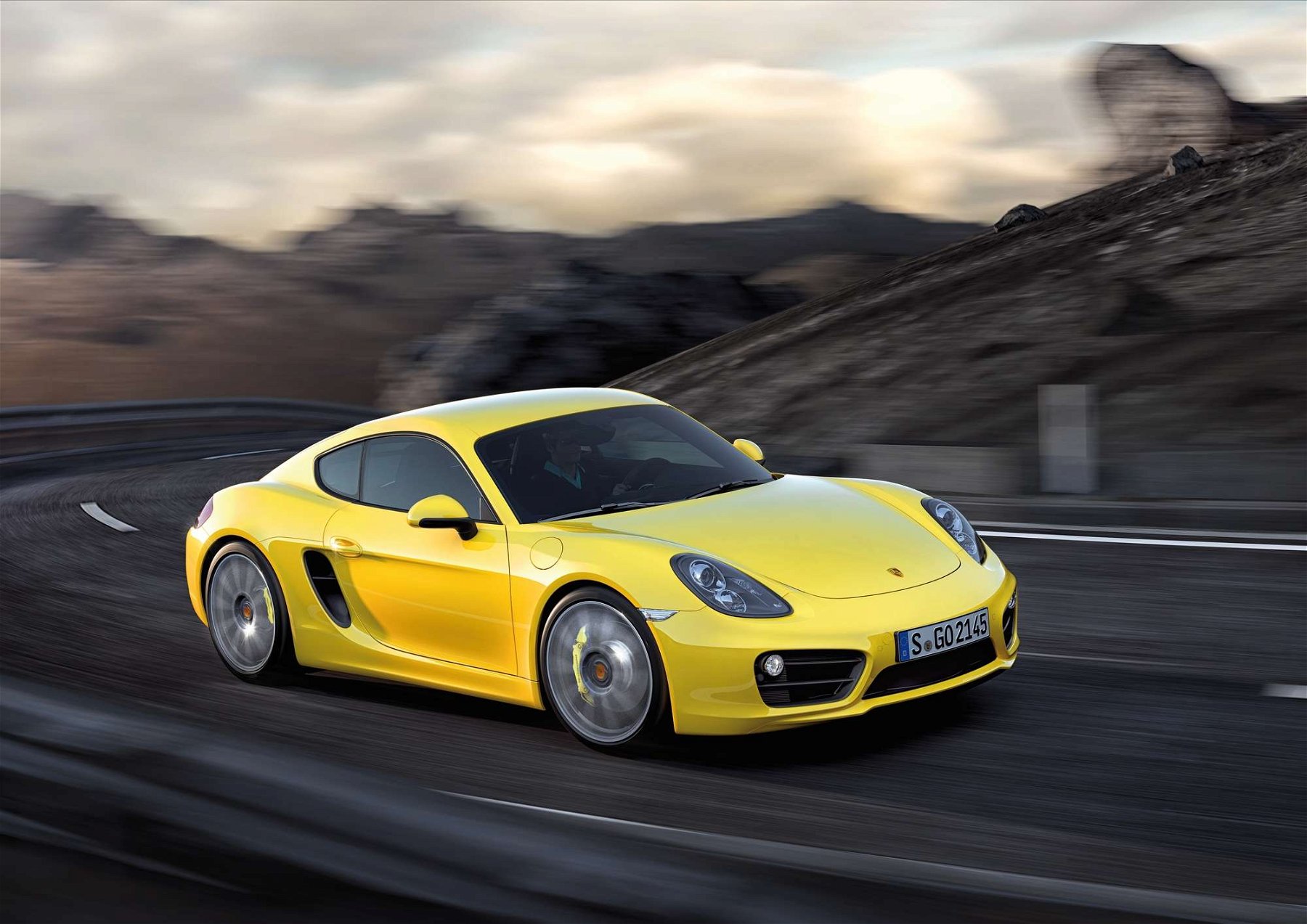
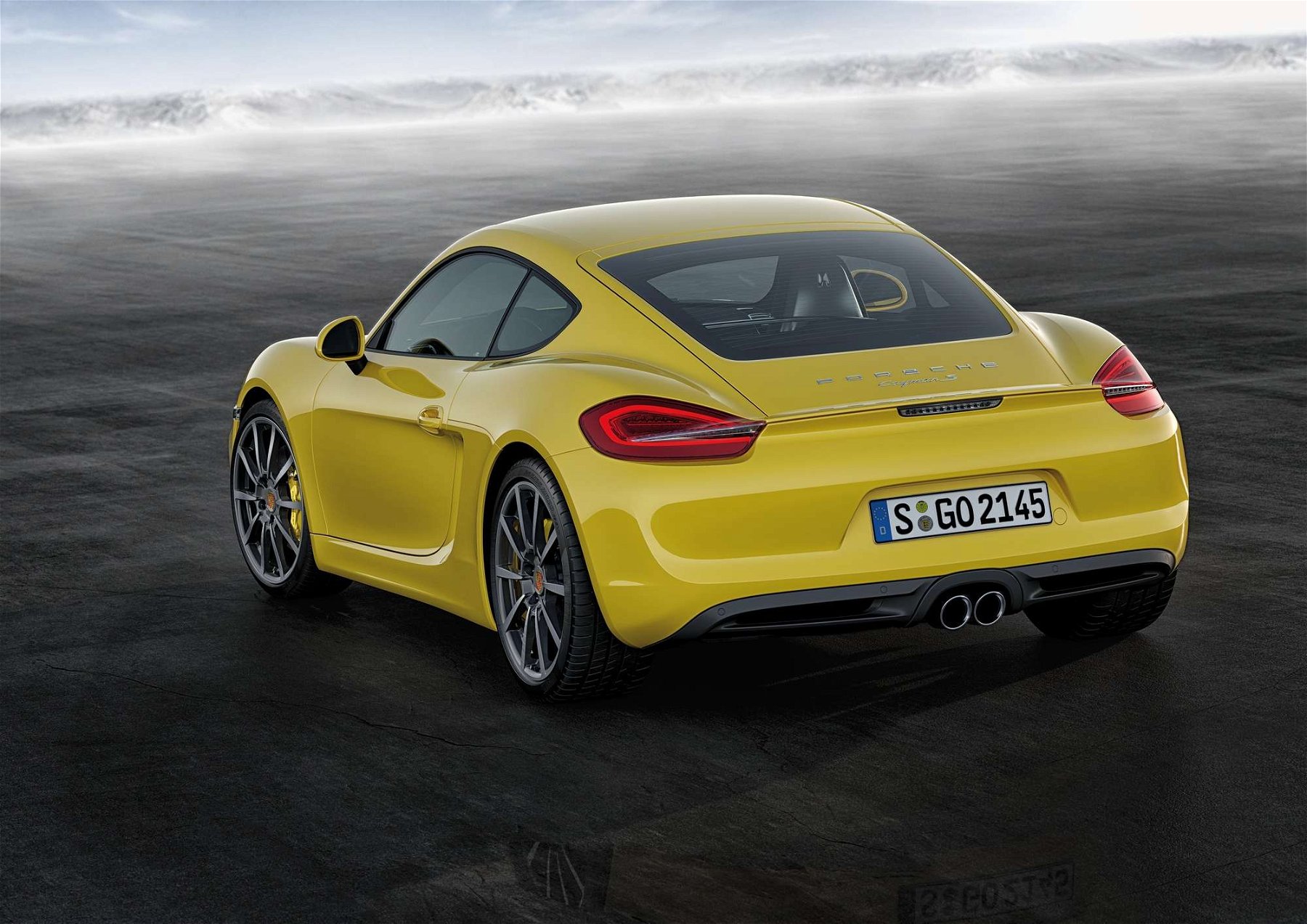
Porsche also made big changes to the interior. Their then-new corporate interior design with raised center tunnel and touch display as standard was a clear upgrade over the 987. With the gear lever positioned closer to the driver, it also offers ergonomic advantages. This design still characterizes Porsche interiors today, for example in the 718 Cayman. In addition, the second Cayman offered a lot of new technology, more power, and weighed up to 30 kilograms less than the first.
The fact that Porsche also increased the quality impression with the 2010s and ever new sales records is more than clear from the Cayman 981c. Panel gaps and rust-proofing are exemplary. The 981 looks classy from every angle. However, Porsche’s little crocodile is quite sensitive to stone chips. Its front bumper and hood as well as the side skirts and rear fender including the air intake are at high risk. Good for those who applied protective film early in the vehicle’s life.

Another well-known problem that some Porsche Cayman (S) 981 struggle with: delamination on the headlights. The UV coating on the headlight glass can peel off. Don’t worry, the headlights won’t leak as a result. However, it is always unsightly. The remedy is a visit to an expert, because there are options for headlight reconditioning. Compared with new headlights, you can save a lot of money here.
Very occasionally, there were problems with the windshield sealant. In some cases, the sealant used has softened over the years and smears over the exterior. This is primarily a cosmetic problem. There has been no official recall. A new windshield will remedy the situation. There may just have been some batches of faulty sealant. Apart from that, the Porsche 981c is a model student in terms of bodywork.
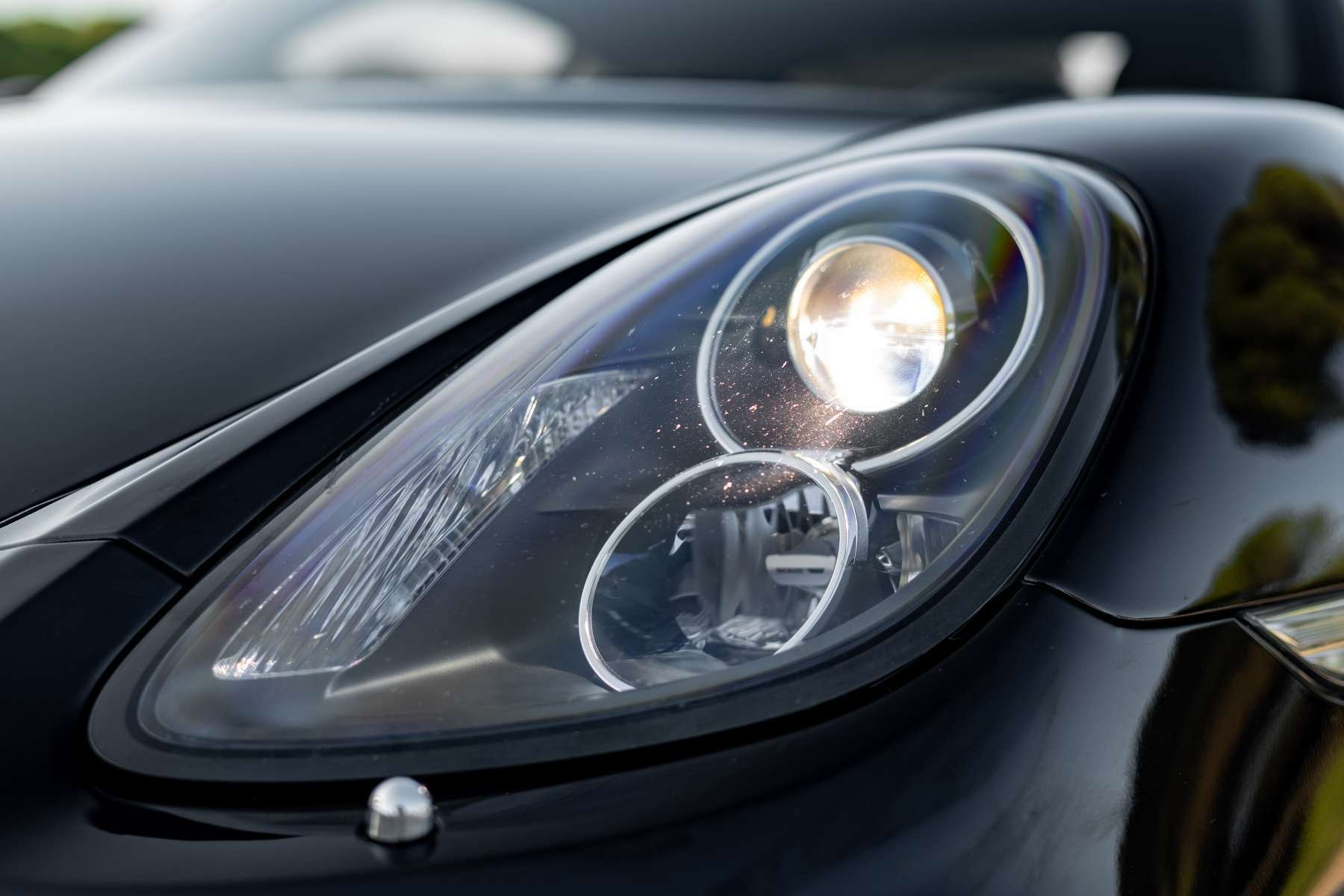
Compared with the interiors of the 986 and 987, the Porsche Cayman 981’s inside is a quantum leap. The center tunnel rises toward the center console. Behind the shift lever, it houses two rows of switches. Here, for example, the exhaust flaps can be opened, Porsche Stability Management can be switched off and on, or the modes of Porsche Active Suspension Management can be changed. Above this are the climate control panel and touch screen, optionally with or without Porsche Communication Management.
Porsche dispensed with the soft coating on the switches, so the entire switch set in the second Cayman has become much more durable. Thus, no excessive wear should be noticeable here. Although the feel inside was generally much improved, the leather gets shiny and greasy relatively quickly. It requires regular cleaning and care to preserve a subtle matte finish.
Porsche also massively upgraded the interior of the 981. A navigation display in the dashboard and high-quality buttons with chrome trim provide an upscale flair.
By designing it as a mid-engine sports car, Porsche has given the entry-level coupe two trunks. Combining the space of both the luggage compartments under the front hood and the tailgate, it offers enough space even for longer road trips with your better half. This makes it an ideal companion for traveling in style as well. However, we would strongly recommend sport seats. The standard seats do not provide enough lateral support for ambitious cornering.
Typical problems in the Porsche 981 series are found on the door trim and the leathering of the dashboard. The door trim’s bonding often comes loose at the transition to the side window. To eliminate the problem, the door trim must be removed and the entire bonding replaced. On the dashboard, the bonding can also come loose. Shrinking leather also occurs from time to time, especially on vehicles that have been in the sun a lot. Both can be repaired by a saddler. However, the dashboard in particular requires a lot of work and the repair is expensive.
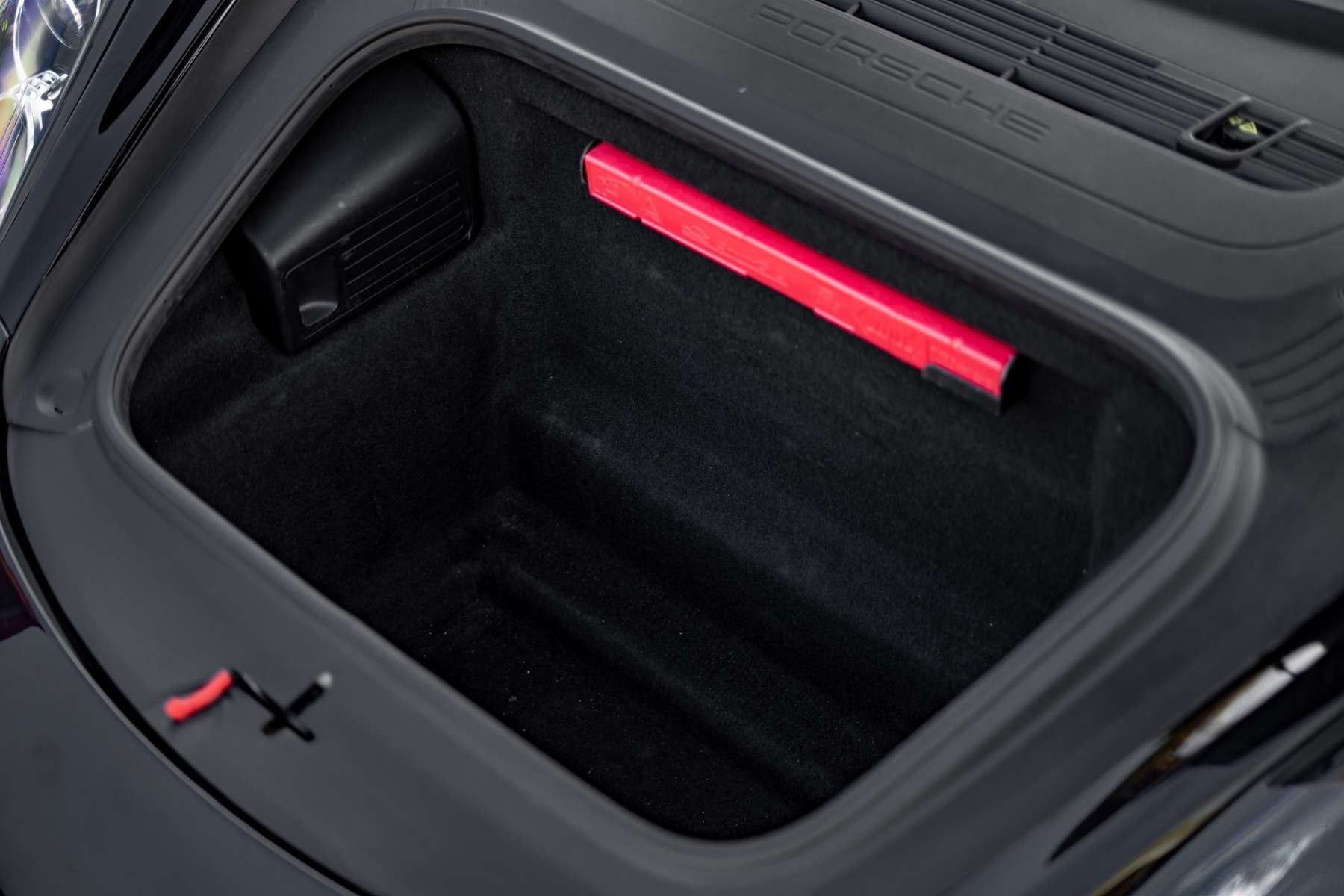
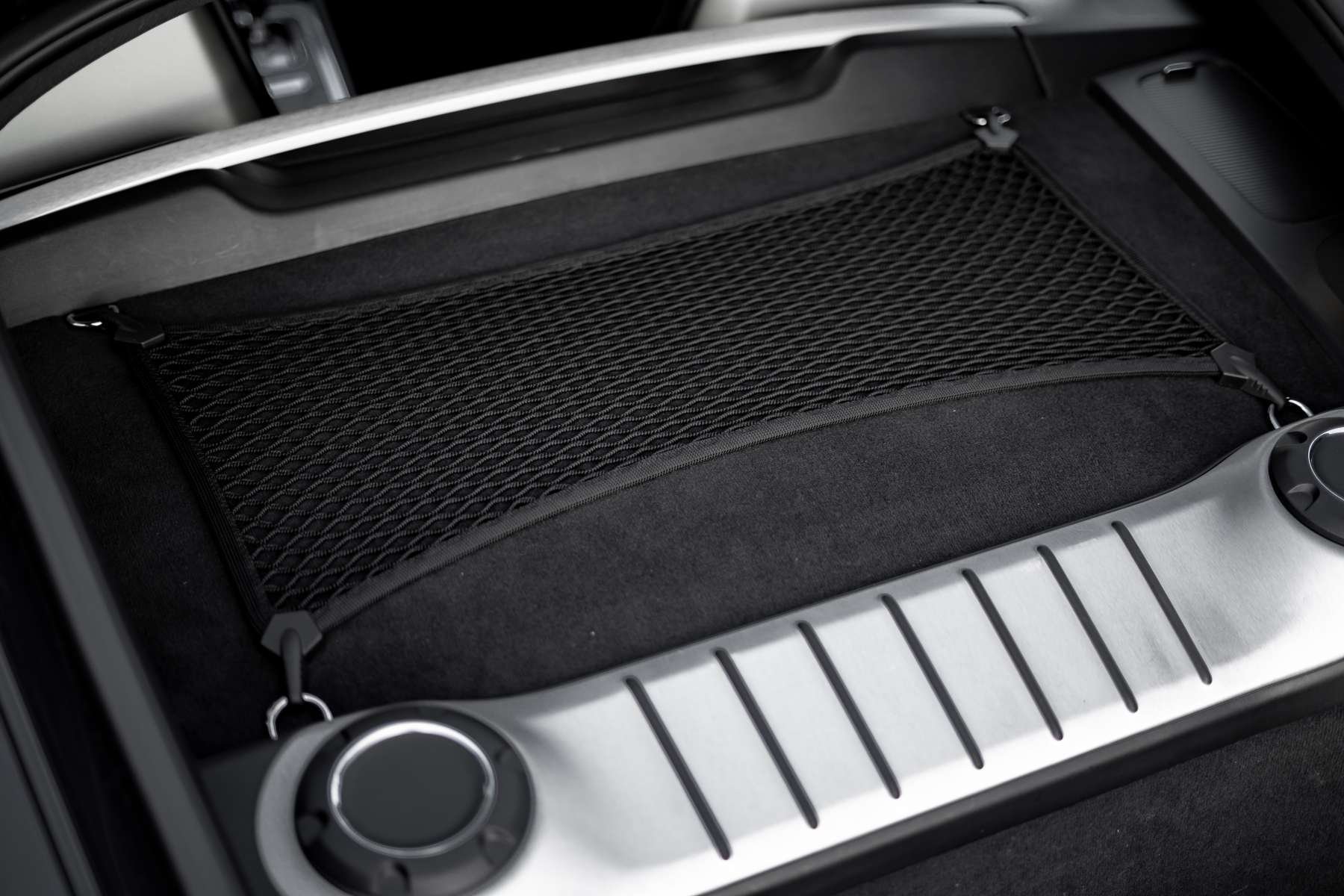
The electrical system in the Porsche Cayman (S) 981 is of a pleasingly high quality. There are no common faults here. If the color display in the dashboard shows an error message, the cause is often trivial, as the second Cayman generation is somewhat sensitive to weak batteries. Therefore, in the vast majority of cases, it helps to connect the battery to the charger overnight and the error disappears.
Of course, all features should still be checked for functionality before buying. This ranges from Bluetooth connectivity, rearview camera, seat adjustment and heating to the air conditioning system. Because – typical for Porsches – the air-conditioning condensers are directly in the line of fire for stone chips. They sit in the front bumper, directly in front of the radiators. Picked-up leaves and dirt from year-round driving also readily cause corrosion. A necessary replacement of the condensers can cost a significant four-digit sum.
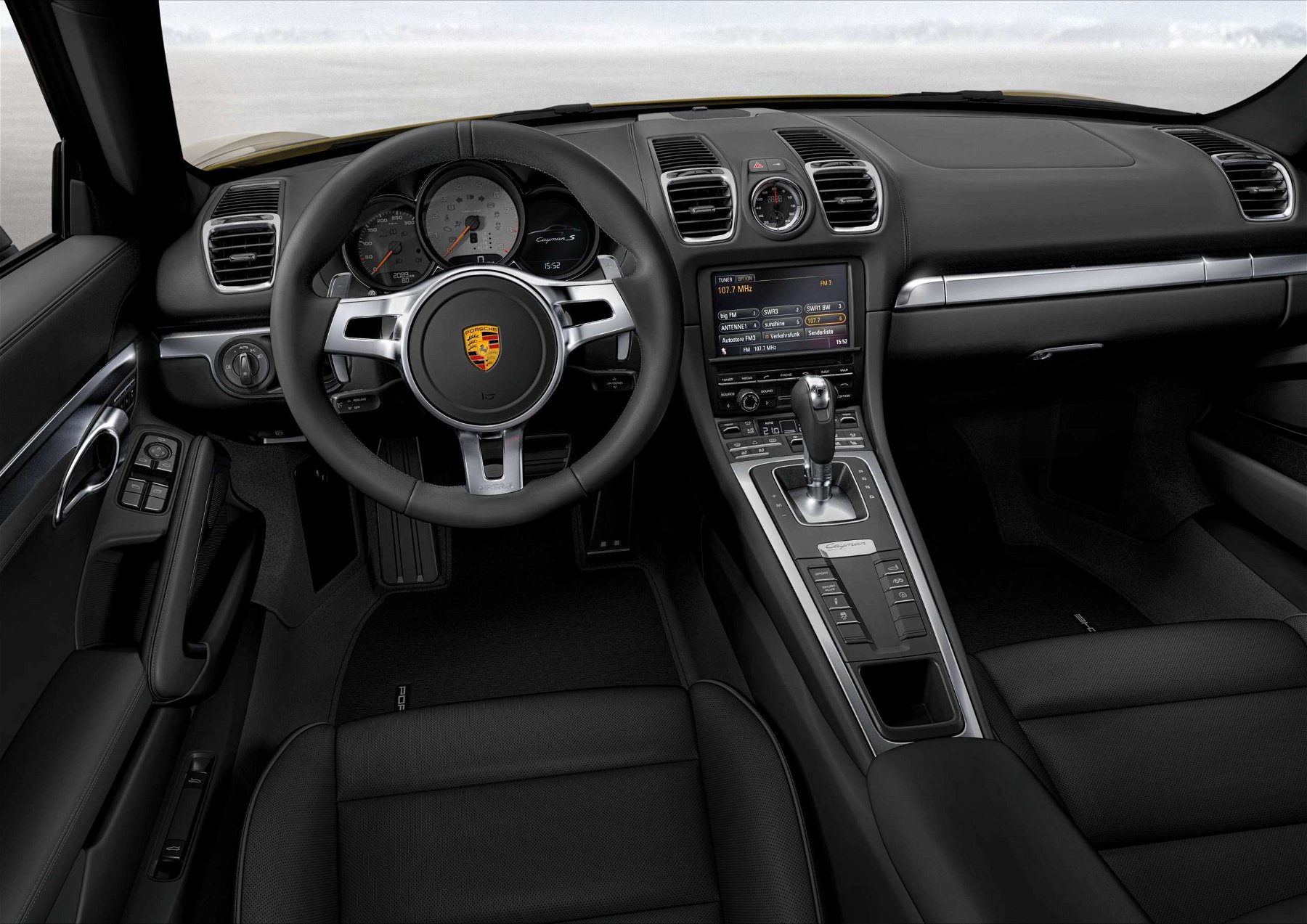
The function of the sports exhaust system should also be checked if it is installed. Stuck actuators are a costly nuisance. If they’re stuck open, your engine will always be in “loud mode” and vice versa, if they’re stuck closed. Even if no change in ride comfort is noticeable in the various modes of Porsche Active Suspension Management (PASM), trouble is looming. Be sure to try it out!
The 3.4-liter six-cylinder boxer engine of type 9A1 was an old acquaintance. It made its debut in the facelifted Porsche 987 (model year 2009 to 2013) with 320 hp. It was used in the slightly revised Porsche Cayman S 981 and produced 325 hp. But the base Cayman 981 also received a new power unit. Unlike its predecessor, its 2.7-liter engine now also had direct fuel injection and sent 275 hp to the rear wheels.
The two engines of the 9A1/MA1 family are basically very solid and reliable joy givers. For example, they leak much less frequently than their ancestors. However, direct duel injection (DFI) brings with it a design problem that should be given attention. Its injectors, as the name implies, inject fuel directly into the combustion chamber. However, the injectors can leak over the years. Then, even after the engine has been switched off, gasoline continues to run into the combustion chamber.
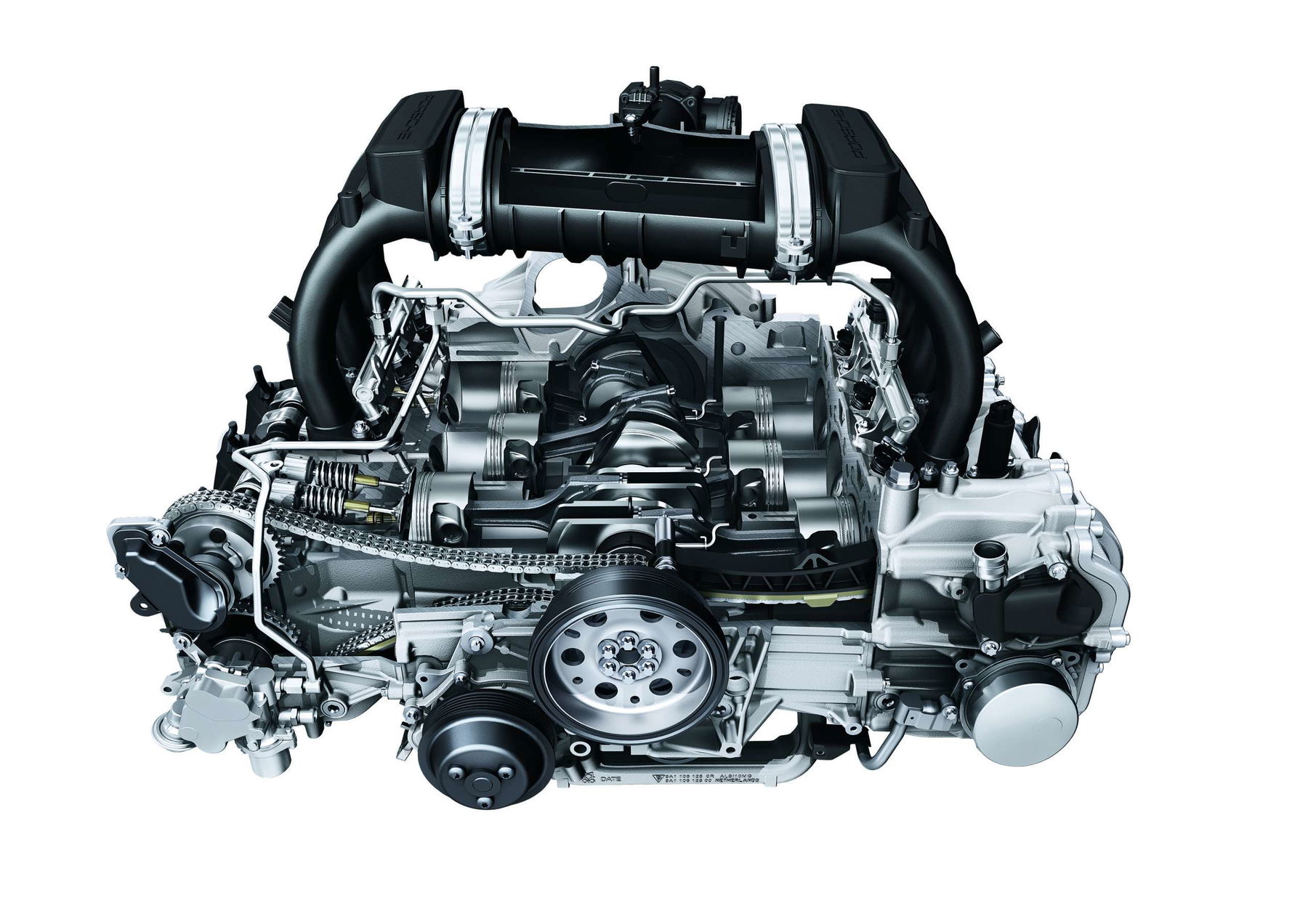
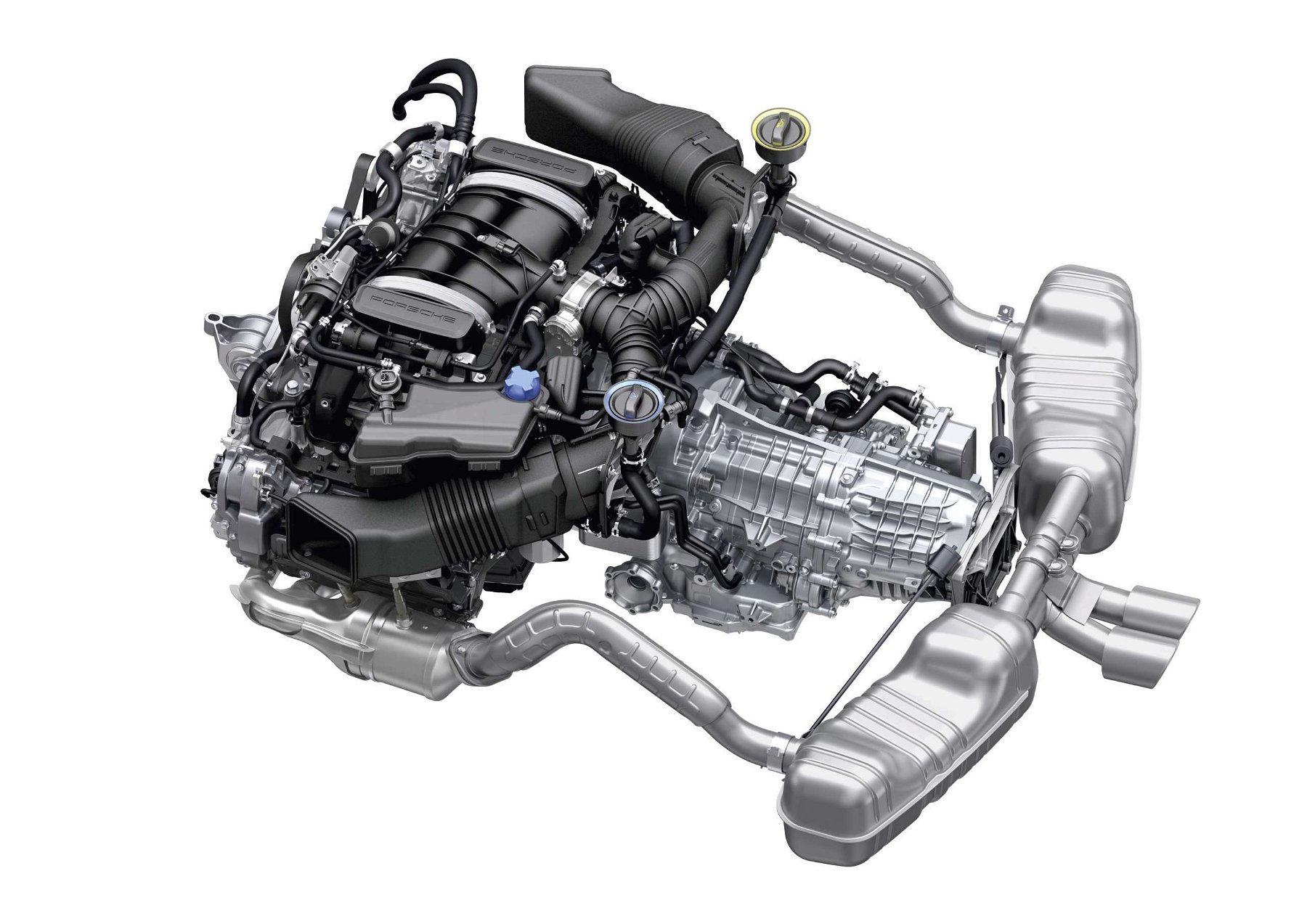
This gasoline can run past the piston ring and wash out the lubricating film. Excessive wear on the cylinder and piston coatings is the result. In the worst case, there is a risk of bore score and expensive engine repair as a result. That’s why an endoscopy at the time of purchase and subsequently at every spark plug change is money well spent. An expert can tell immediately from a glance at the pistons whether an engine is affected by leaking injectors. But don’t worry, such expensive defects are exceptions.
Otherwise, what has been standard practice since the first water-cooled generation also applies to Porsche’s DFI six-cylinder engines. Extensive diagnosis of the electronic engine management system is mandatory before purchase. In addition to classic error messages, so-called overrevs can also be read out. These are situations in which the engine speed has exceeded certain limits. The lower the values in the six categories, the better. Levels 1 and 2 tend to be uncritical. From levels 3 to 4, a closer look is needed, and from level 5, consequential damage is very likely.
The best news comes first: Since the Porsche Doppelkupplungsgetriebe (PDK) replaced the old Tiptronic (S), there is no longer a transmission option in Porsche sports cars that one would tend to advise against. PDK and manual transmissions always have their respective merits. It remains predominantly a choice based on personal preference and intended use.
A PDK-equipped Porsche Cayman (S) 981 is an extremely pleasant companion in everyday life. The transmission changes gears extremely quickly and smoothly, even in city traffic. The sprint from 0-62 mph takes 5.6 seconds in the base Cayman and 4.9 seconds in the Cayman S. With Sport Plus mode engaged, it’s another 0.2 seconds less in each case.
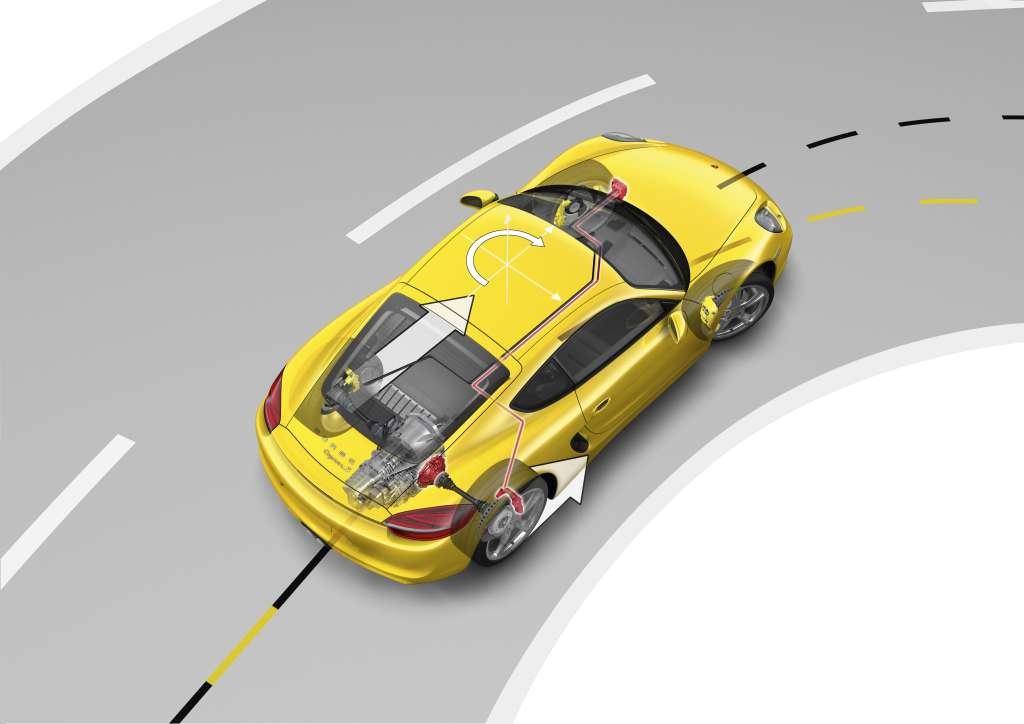
However, early 981s with PDK suffer somewhat from the choice of steering wheel. Without the sports steering wheel, they were the last models to have the buttons for changing gears, which Porsche later discarded. Some Cayman drivers have already swapped the less intuitive controls for the classic paddles. Both Porsche Centers and independent workshops can carry out a conversion to the newer and in our eyes more beautiful steering wheel.
The six-speed manual transmission is also a real model student. In the Porsche Cayman 981, it combines crisp and precise gear changes without much effort. If the clutch is difficult to operate, it is probably close to the wear level. In Sport Plus mode the manual Cayman even takes care of blipping the throttle on downshifts. No matter how many gears you go down, the electronics perfectly adjust the revs.
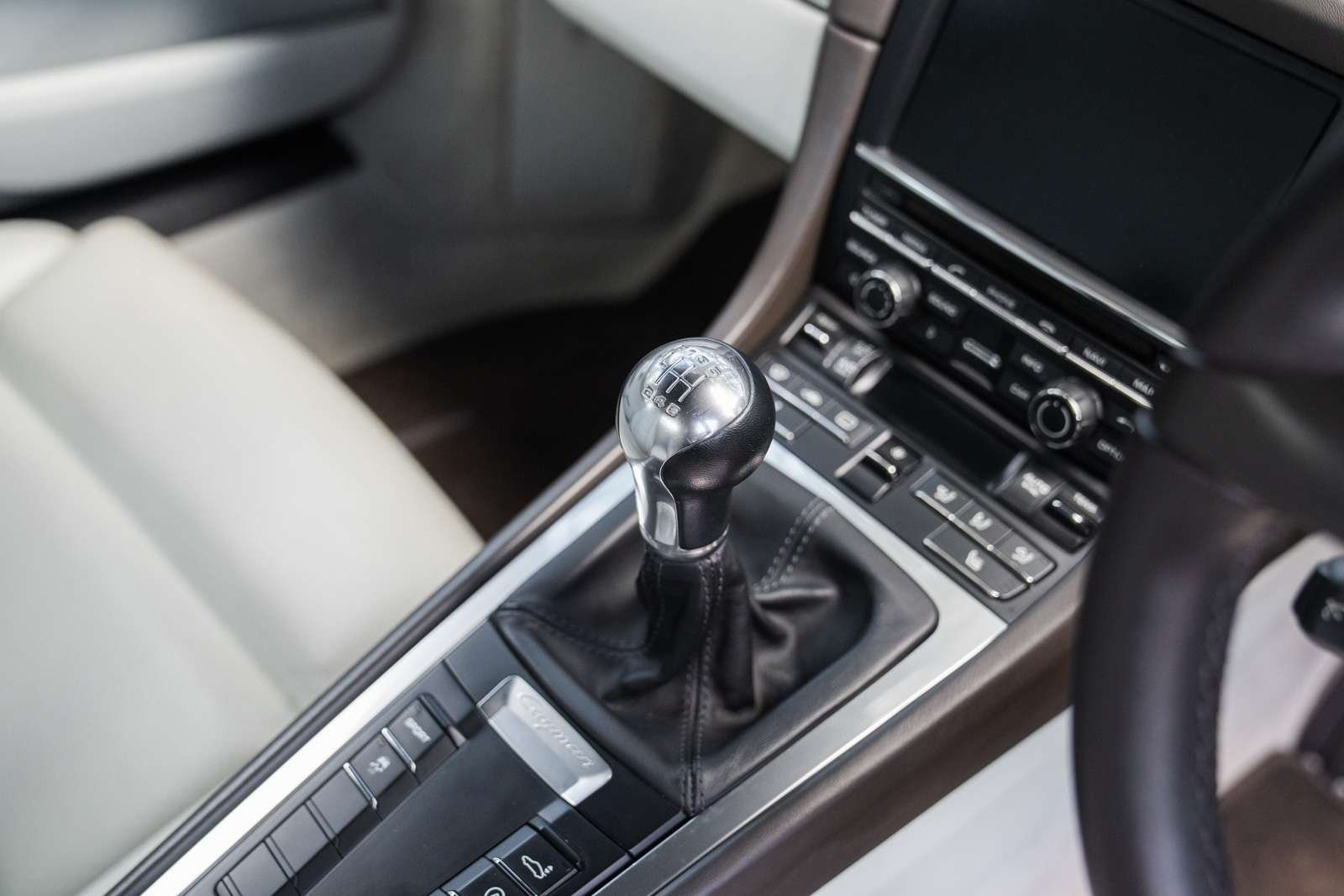
However, the acceleration figures do not quite match the PDK. The dual-clutch transmission reduces the standard sprint by a tenth of a second. In Sport Plus mode it’s even three tenths. Top speed wise the manual transmission is a little bit ahead, though. In the Porsche Cayman 981, propulsion ends at 165 mph (PDK: 163), in the Cayman S at 176 mph (PDK: 174). However, the PDK also helps with efficiency and shines with five to ten percent less fuel consumption.
If you want your future second-generation Cayman to be particularly sporty, you can’t do without the Sport Chrono Package. Only with this option does the 981 have a limited-slip differential – including Porsche Torque Vectoring. In addition, there is a stopwatch in the dashboard and, among other things, dynamic transmission mounts. These can actively regulate the rolling movements of the drivetrain. This ensures improved traction and more direct response during load changes.
In addition, the Sport Chrono Package includes Sport Plus mode. Especially for Caymans with dual-clutch transmissions, we would recommend keeping an eye out for it. It does not only give the Porsche Cayman (S) 981 improved acceleration, but also the sports exhaust system and Porsche Active Suspension Management (PASM). At the push of a button, the damper characteristic adjusts for an even sportier driving feel.

Last but not least, only owners of a Cayman with Sport Chrono can enjoy the auto-blipping throttle on the manual. That’s why Porsche Cayman (S) 981 with Sport Chrono Package cost more on the used market than its siblings without the coveted package.
Both the standard suspension and the optional, ten-millimeter lower PASM alike offer excellent handling and plenty of grip, even for the occasional race track visit. Porsche promises the PASM to be more comfortable in Normal mode and sportier in Sport mode than the conventional standard suspension. Therefore, a Cayman 981 with PASM certainly lends itself to being a near perfect one-car solution.

The suspension itself is also pleasingly robust. Corrosion on suspension parts can occur, but is usually only a cosmetic problem. Occasionally leaking PASM shock absorbers are also documented. However, replacement is quickly done in the workshop. For vehicles with higher mileages, we recommend having sufficient reserves for a chassis overhaul in reserve anyway.
The color of the brake calipers can be used to draw conclusions about the model. If the calipers are black, we are dealing with a Porsche Cayman 981 with a 2.7-liter engine. The red brake calipers, on the other hand, were only on the Cayman S 981. Drivers with the corrosion-free Porsche Ceramic Composite Brakes (PCCB), on the other hand, are looking at yellow brake calipers, regardless of whether it is a Cayman or Cayman S.
All the braking systems offer formidable stopping power. Even the “smaller” brakes with 315-millimeter discs at the front and 299-millimeter discs at the rear decelerate formidably. The Cayman S brake with 330 millimeter discs on the front axle offers even more reserves, corresponding to the 50 hp increase. Replacement for these two configurations is pleasingly inexpensive. Even with parts from well-known manufacturers, the replacement of all discs with pads can remain under 1,000 euros.


Although the PCCB offers even more braking power with discs measuring 350 millimeters all around, replacing them is more than twice as expensive as with the regular steel brakes. In return, however, the brake lasts much longer in pure road use and hardly leaves any dust on the rim. Trackday regulars should rather give PCCB a wide berth. However, everyday drivers can take the advantages with a clear conscience. However, we would not necessarily look for it.
The Porsche Cayman (S) 981 or 981c, as it was known internally, is a relatively exclusive way to drive a Porsche. In just four years of production, Porsche sold only about 40,000 units. Of course, this is also reflected in the used car prices. That’s because the Cayman 981 has never really become cheap.
Prices stopped dropping shortly after the end of production. From then on, there was hardly any loss in value. The reason for this is simple. Its successor, the 718 Cayman, had to make do with four-cylinder turbocharged engines. The fantastic six-cylinder naturally aspirated engines were now reserved for the GT4 and the GTS 4.0.
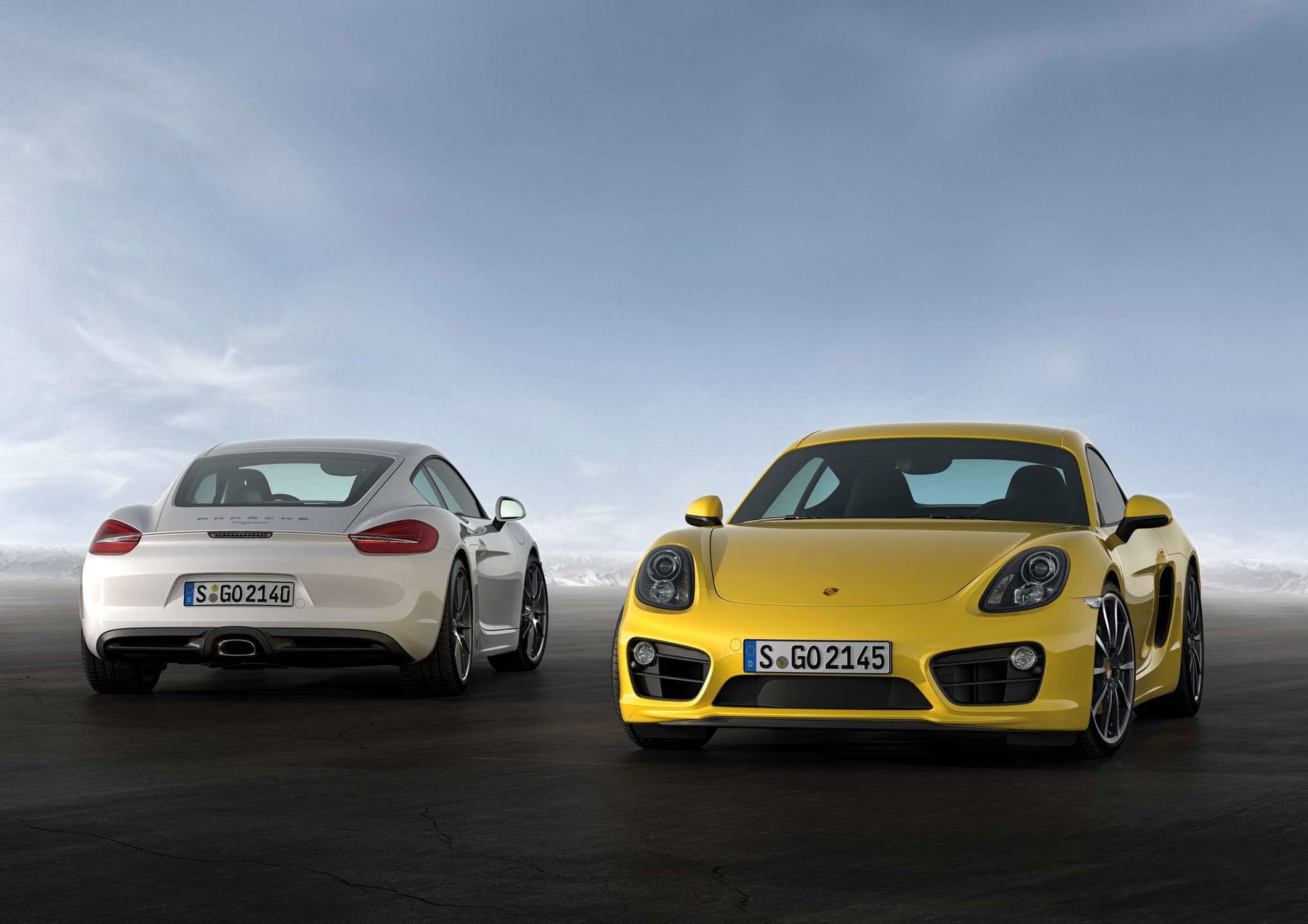
And that is precisely what makes the second Porsche Cayman quite interesting. It is the last of its kind. After all, the successor only has the great naturally aspirated engines in special models, and the next generation Boxster/Cayman will be electric. Thus, a drop in value seems almost impossible. It has always been difficult to find a good 981 Cayman for less than 50,000 euros, and it will remain that way. Spare parts, on the other hand, are relatively inexpensive and maintenance is therefore cheaper than with the 911. In plain language, this means driving pleasure without regret!
However, this constellation is sometimes difficult for buyers and sellers alike. After all, the already rather small range of entry-level sports cars from Zuffenhausen has been reduced yet again by this prospect. Whoever has one, holds on to it. Those who don’t have to look very closely and – compared to the predecessor – pay significantly more.


In return, you get a car that is sometimes called the “I can sleep at night”-Porsche in model-specific forums. It’s solid, still looks ultra-modern and offers great performance with high emotional appeal. Incidentally, it was even offered with a naturally aspirated engine for one year longer than its big brother. In the last model year of the Cayman 981, the Porsche 911 already came with the 3.0-liter bi-turbo boxer engine.
Of course, the dream would be a Porsche Cayman S 981 with Sport Chrono Package and PASM. Buyers of a Porsche Cayman GTS 981 would have this combination as standard anyway. However, the price structure is significantly higher than for correspondingly well-equipped Cayman S. That is why the GTS has a certain special status and will not be examined in more detail here.
But even the 2.7-liter base engine offers a lot of performance for the money. With 275 hp at an unladen weight of 1,310 kilograms, it has an excellent power to weight ratio and is by no means slow in expert hands. If a Cayman and a Cayman S were available, we would rather make the choice dependent on the optional equipment than categorically exclude the Cayman 2.7.
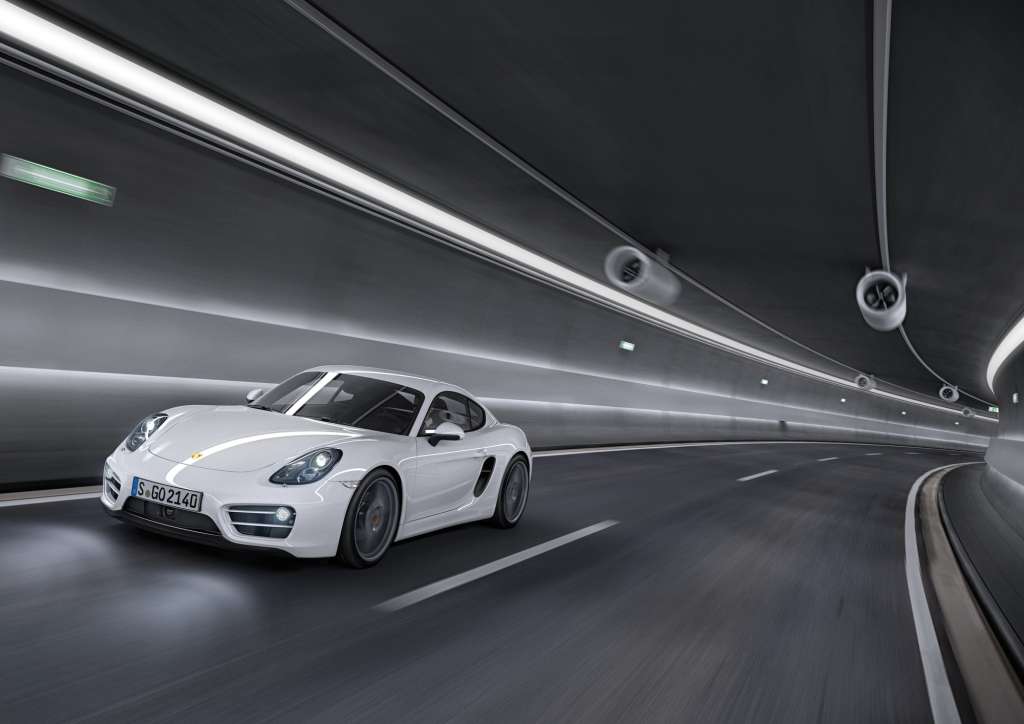
More than with almost any other Porsche model, more equipment enhances the Cayman 981 to an extreme degree and literally transforms it. PDK models without the Sport Chrono Package, for example, are not recommended for drivers with sporty ambitions. Without Sport Plus mode, the Cayman feels like it lacks a bit of sportiness. Not to mention the increased acceleration.
Anyone who drives a Porsche Cayman 981 has a lot of fun and tends to rarely have any grief. Its value stability makes it doubly interesting. Because what you spend, you usually get back (at least).
Richard Lindhorst, Elferspot
Should the opportunity arise to find a good Porsche Cayman S 981 for an attractive price, it’s a no-brainer. Because you drive a Cayman, enjoy it, experience great moments, and rarely sell it for less. Provided, of course, that you want to give it back. For example, if you drive a well-equipped Cayman S and a 991.1 generation 911 in direct comparison, the pendulum will swing toward the Cayman in many cases.
© Titelbild: Porsche
Elferspot magazine